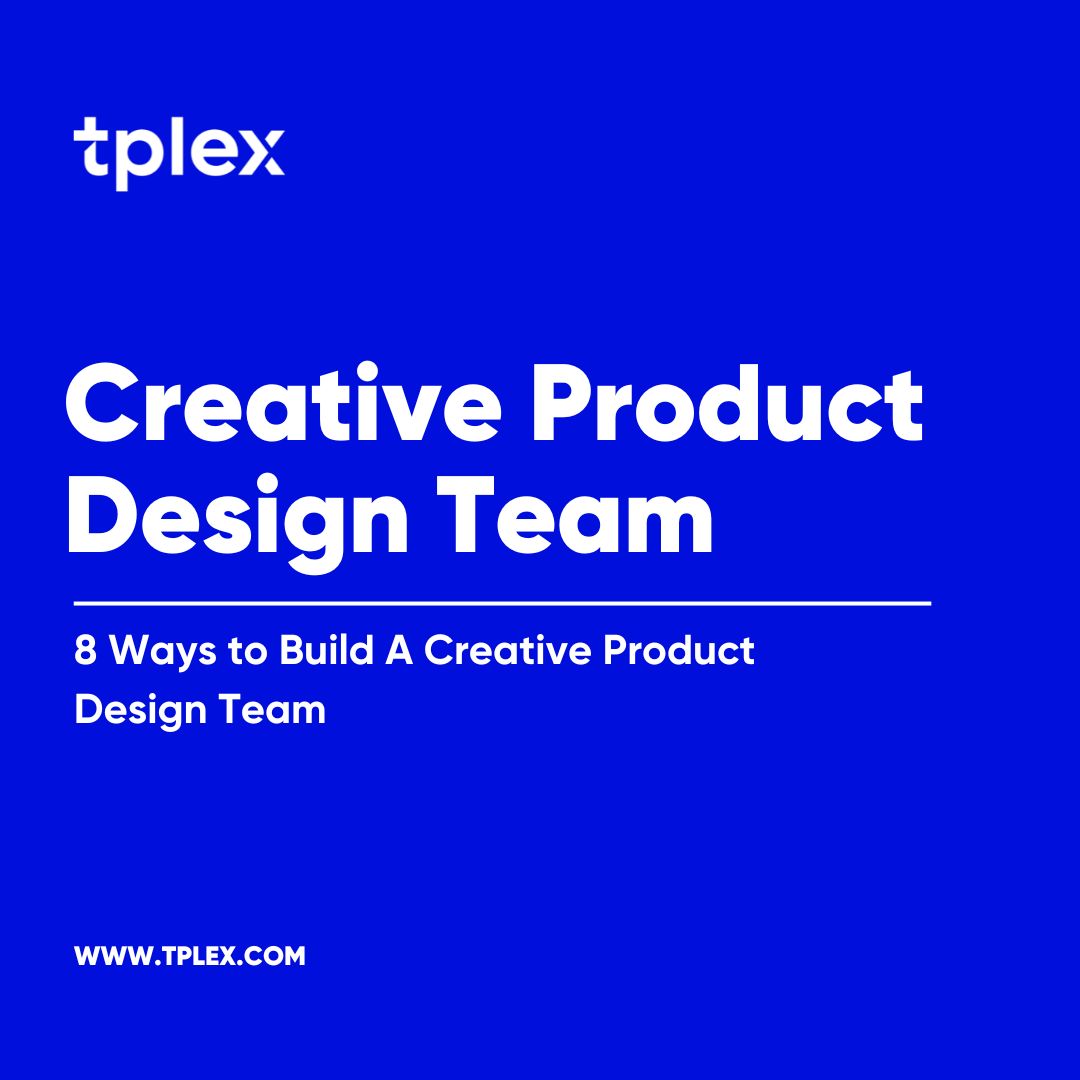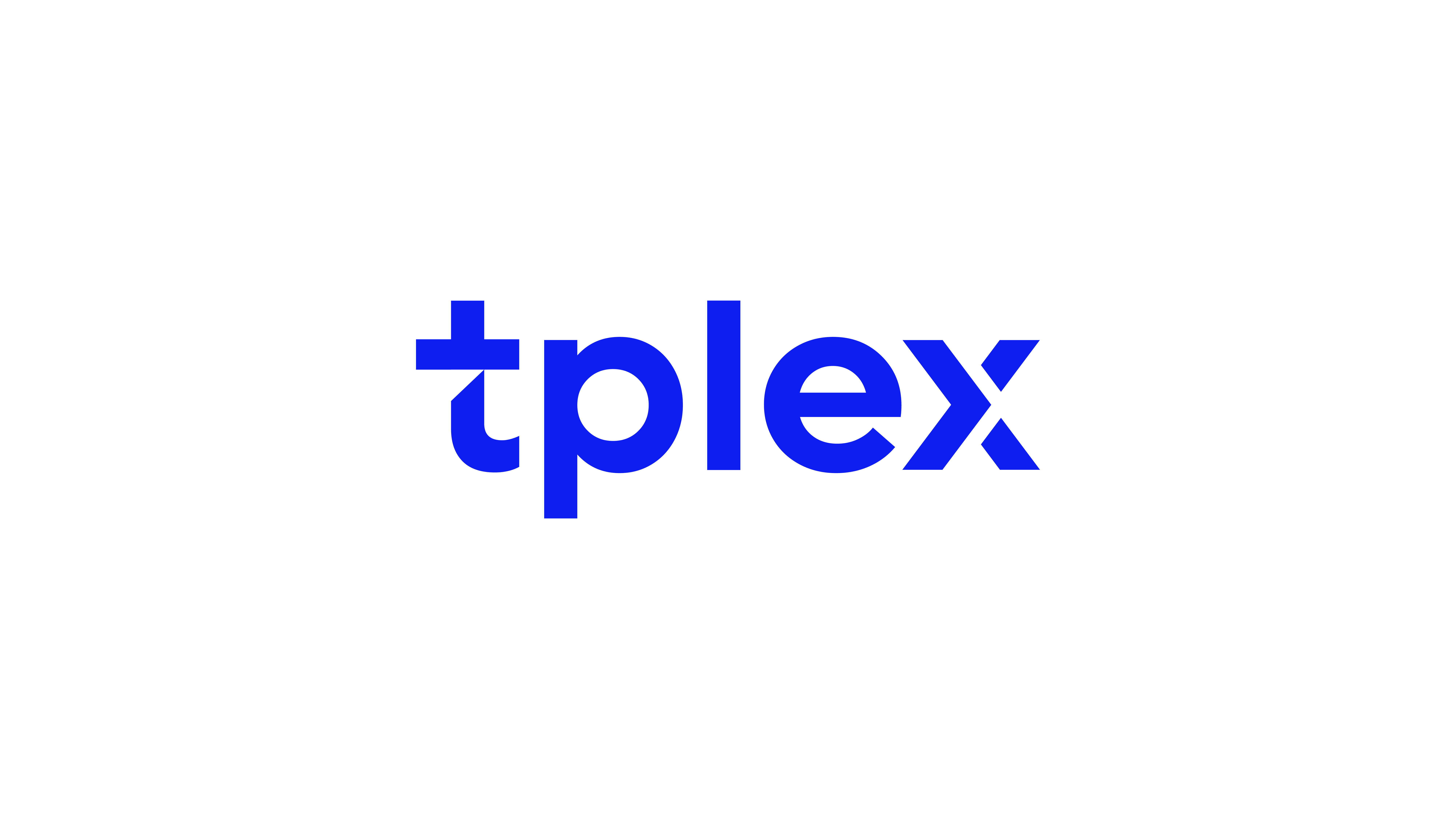8 Ways to Build A Creative Product Design Team

Have you ever wondered how some companies create one amazing product after another? Well, the secret to success isn’t just in the design – it’s the TEAM behind it… you read that right! But it is not an easy nut to crack. Bringing together a creative product design squad is like assembling your avengers… battling boring ideas!
Hold on…It’s not just about finding peeps who can make things look pretty. It’s about gathering a crew that vibes together and pushes boundaries. Now the big question is how to build a creative team? Don’t worry, we’re diving into the nitty-gritty of creating a design team that doesn’t just think outside the box – they forget the box ever existed.
Whether you’re a startup hustler or a corporate innovator, these eight strategies will help you build a crew that will take your product game to the next level.
Let’s dive in…
8 Epic Ways to Build an Incredible Product Design Team
- Strategic Skill Mapping
Before diving into the hiring process, take the time to create a comprehensive skill map for your ideal product design team. This process involves a deep analysis of your current and future project needs. Then start by identifying core skills such as UI/UX design, prototyping, and user research – these form the backbone of any strong design team.
Look ahead to emerging trends and technologies in your industry. Consider skills in AR/VR design, voice interface design, or even AI-assisted design tools. This forward-thinking approach ensures you’re not just filling immediate gaps, but building a team equipped for future challenges.
- Implement a Design Mentorship Program
Indeed, a mentorship program can be a game-changer for your team. Pair seasoned designers with junior team members or new hires in a structured, ongoing mentorship relationship. This goes beyond casual advice-giving; it should involve regular check-ins, specific learning goals, and practical project collaboration.
This significantly increases mentee skill development. They benefit from years of expertise, learn how to manage complicated design challenges, and absorb best practices that are not taught in design schools. Mentors can improve leadership abilities, enhance their own knowledge through teaching, and receive new perspectives from younger designers.
- Mix It Up: Hire a Diverse Team
Don’t just hire people who are exactly like your best designer. Look for a variety of creative individuals with different backgrounds. You may find a coder who’s also funny, a former chef who’s great at user experience, or someone who studies people and cultures but makes amazing design layouts.
This isn’t just about checking diversity boxes; when you blend varied experiences, you create a team that can tackle challenges from multiple angles. By the way, you can also opt for an IT outsourcing partner.
- Encourage Wild Ideas
Create an environment where no idea is too strange… you need to encourage your team to pitch concepts that seem ridiculous at first glance. Remember, the person who first suggested putting wheels on luggage probably got some weird looks too. All you need to do is set up regular brainstorming sessions where the only rule is “there are no bad ideas”.
- Mix and Match Skills
Keep things fresh by having product design team members work on different projects. Put your simple design expert with your color lover. Let your UI specialist and your data analyst work together for a week.
This mixing of skills and viewpoints can lead to new solutions and keeps creativity flowing. And if you need professional UI/UX designers or maybe a graphics guy – Geeks of Kolachi is your go-to spot! This mix-and-match is like intellectual speed dating, but with less awkward small talk and more groundbreaking ideas.
- Talk to Real Users
Don’t design in a vacuum… always talk to people about what exactly they want. Set up regular meetings where your team can talk directly with users. This could be through group discussions, testing sessions, or just casual chats.
The insights from these talks are super valuable. Plus, it’s a great reality check for designers who might be getting a little too attached to their pixel-perfect, but ultimately impractical, creations. Remember, even if a font looks amazing, if people can’t read it, it’s not useful.
- Make Room for Experiments
Make sure your team has time and resources to try out new tools, technologies, and methods. You could have a weekly “tinker time” or a monthly “fail forward” day where they work on passion projects or wild ideas.
Encourage your product design team to play with VR, explore AI, or even try non-digital design mediums. Your next big innovation might come from someone experimenting with a 3D printer and a bag of gummy bears. Just make sure they clean up any melted candy afterward.
- Create a Feedback-Friendly Culture
Well, feedback is necessary…Make giving and receiving feedback a normal part of your team’s daily work. Moreover, encourage team members to share thoughts on each other’s designs in a kind and helpful way.
You can also set up regular design review sessions where everyone can show their work and get input. Ultimately, this will help in improving designs and building trust among team members. It also creates a team that’s always looking to get better and isn’t afraid of constructive criticism.
Wrapping It Up
To be honest… aligning a great product design team isn’t just about finding skilled designers. It’s about creating an environment where innovation happens naturally. With the help of these eight strategies, you can build a team that’s not only skilled but also excited to create amazing products.
Remember, a strong team is diverse, always learning, and not afraid to try new things. They’re not just coworkers – they’re creative partners who bring out the best in each other.
Although, building this kind of team takes time and effort… but the results are worth it. You’ll end up with a group of designers who can tackle any challenge and come up with solutions that WOW your users. So, start putting these ideas into action today, and watch your product design team become a powerhouse of innovation!



